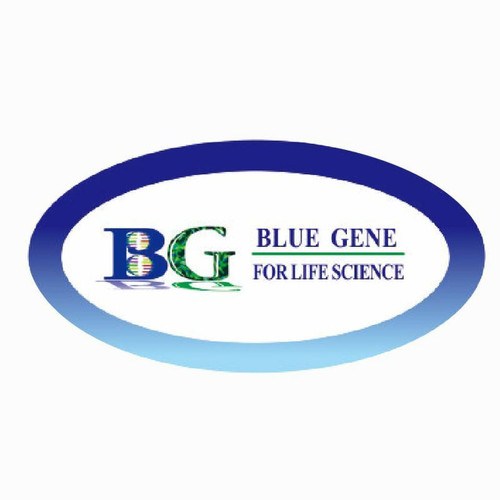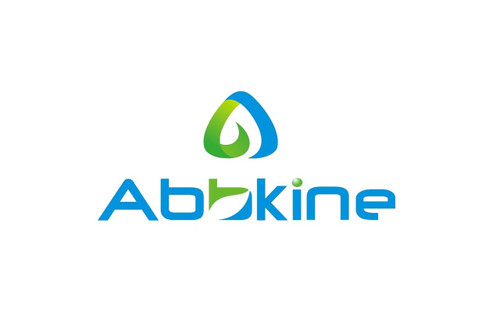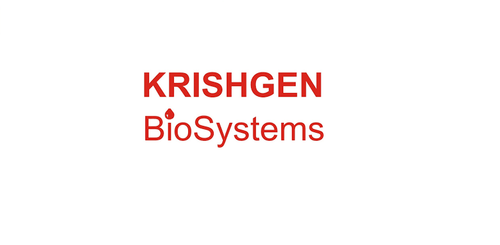Product Description
Human Ras-related protein Rab-5B (RAB5B) ELISA Kit | AE24643HU | Abebio
Species Reactivity: Human (Homo sapiens)
Abbreviation: RAB5B
Alternative Name: N/A
Application: ELISA
Range: 23.44-1500 pg/mL
Sensitivity: 5.86 pg/mL
Intra-Assay: ≤5.4%
Inter-Assay: ≤9.7%
Recovery: 1, 09
Sample Type: Serum, Plasma, Other biological fluids
Detection Method: Sandwich
Analysis Method : Quantitive
Test Principale: This assay employs a two-site sandwich ELISA to quantitate RAB5B in samples. An antibody specific for RAB5B has been pre-coated onto a microplate. Standards and samples are pipetted into the wells and anyRAB5B present is bound by the immobilized antibody. After removing any unbound substances, a biotin-conjugated antibody specific for RAB5B is added to the wells. After washing, Streptavidin conjugated Horseradish Peroxidase (HRP) is added to the wells. Following a wash to remove any unbound avidin-enzyme reagent, a substrate solution is added to the wells and color develops in proportion to the amount of RAB5B bound in the initial step. The color development is stopped and the intensity of the color is measured.
Product Overview: A subset of these GTPases plays a central role in membrane trafficking. Each of the several proteins of this subfamily that have been identified is thought to regulate vesicular trafficking at a specific subcellular compartment. The subcellular location of several RAB proteins has been determined by immunohistochemical methods. For example, RAB2 is found in the intermediate recycling pathway between the endoplasmic reticulum and the Golgi complex. RAB6 is distributed in the medial and trans Golgi. RAB4 and RAB5A are associated with the plasma membrane and early endosomes. The newly identified RAB protein was 81% identical to human RAB5, the canine counterpart of which had been localized to the plasma membrane and early endosomes. RAB5B is presumably involved in vesicular trafficking at the plasma membrane.
Stability: The stability of ELISA kit is determined by the loss rate of activity. The loss rate of this kit is less than 5% within the expiration date under appropriate storage condition. The loss rate was determined by accelerated thermal degradation test. Keep the kit at 37°C for 4 and 7 days, and compare O.D.values of the kit kept at 37°C with that of at recommended temperature. (referring from China Biological Products Standard, which was calculated by the Arrhenius equation. For ELISA kit, 4 days storage at 37°C can be considered as 6 months at 2 - 8°C, which means 7 days at 37°C equaling 12 months at 2 - 8°C) .
 Euro
Euro
 USD
USD
 British Pound
British Pound
 NULL
NULL












